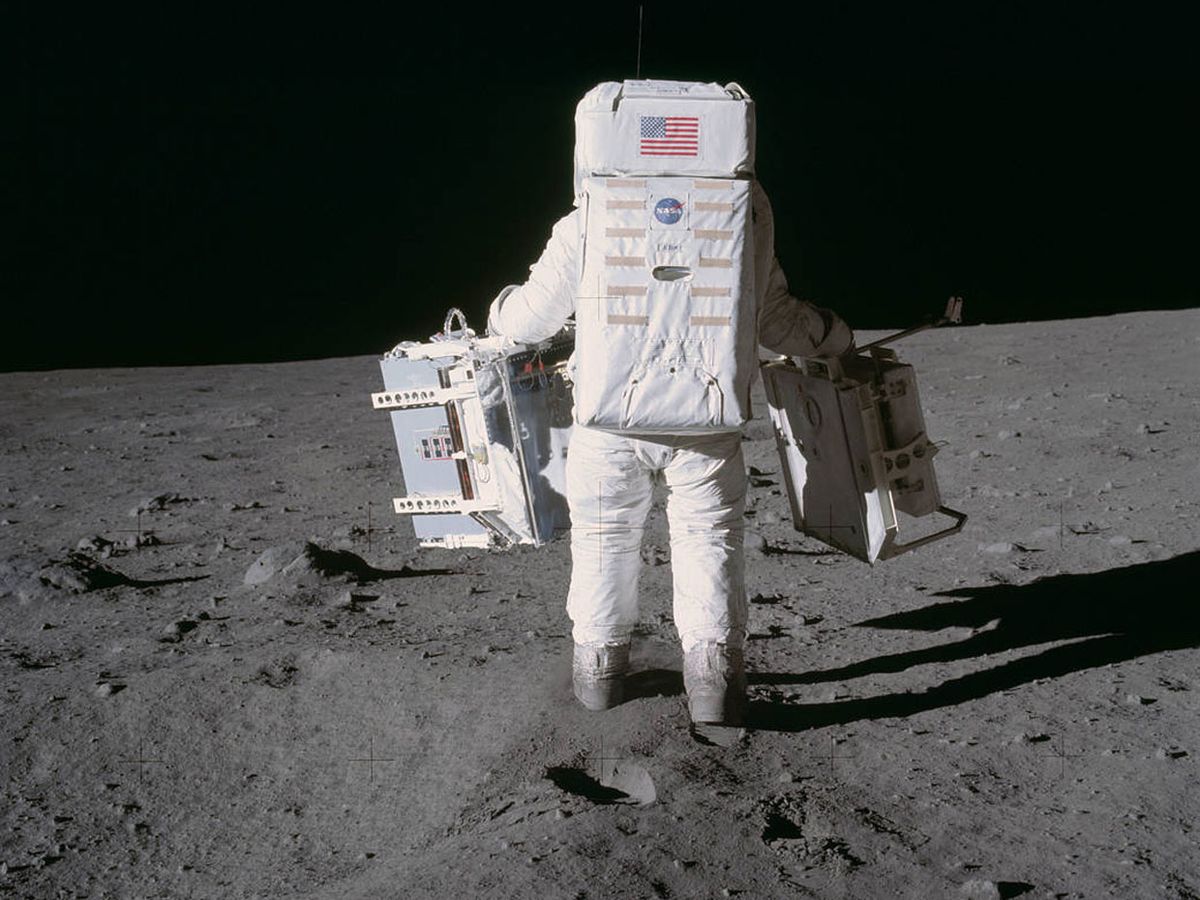IEEE is marking the 50th anniversary of the moon landing and spaceflight through the Footsteps: IEEE’s Commemoration of Human Space Travel effort. These images were provided by the IEEE History Center, which is funded by donations to the IEEE Foundation’s Realize the Full Potential of IEEE Campaign.
Humans weren’t the first living things to travel into space. Primates and other animals were used for biomedical space research by the United States and other countries. Miss Baker (above), a squirrel monkey, and Miss Able, a rhesus macaque, were launched into space on 28 May 1959 on a Jupiter rocket. They returned safely on the same day.









Joanna Goodrich is the associate editor of The Institute, covering the work and accomplishments of IEEE members and IEEE and technology-related events. She has a master's degree in health communications from Rutgers University, in New Brunswick, N.J.



